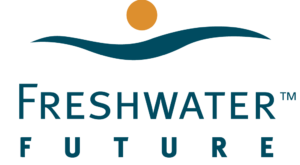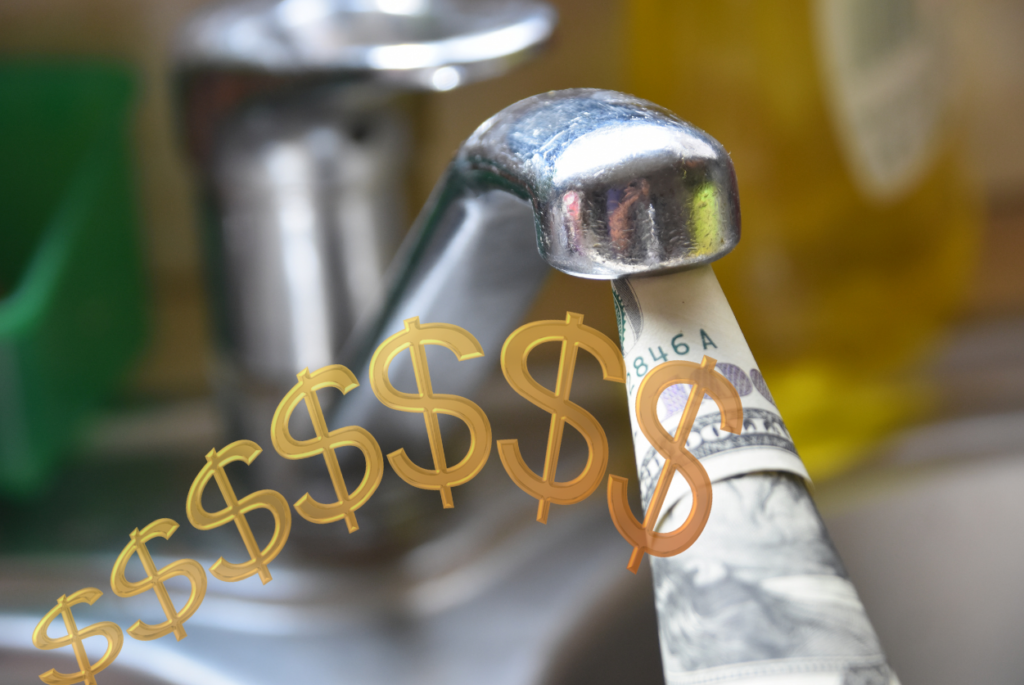The pandemic resulted in unprecedented financial burdens for families that left many people struggling for the first time ever to pay their water bills and other utilities.The Low Income Household Water Assistance Program, or LIHWAP is a new federal program that provides funding and prioritizes reconnecting households’ water and assisting those with imminent shutoffs. It is modeled after the successful existing energy relief program, the Low Income Household Energy Assistance Program (LIHEAP). Funding for the LIHWAP program is part of the two federal stimulus packages.
It is important to be aware that this temporary program has already launched and will only run through September 30, 2023 or until the money is exhausted. This highlights the need to quickly connect potential beneficiaries with the program to ensure continual access to clean water – a human right. Another important detail is that utility participation is voluntary, so call your utility to ask if they are participating in this crisis assistance program. If you know of others who need assistance, please share this information.
Every state has created its own unique implementation plan to spend the $1.1 Billion given by Congress. There are different application requirements, benefit limits, and promotional efforts in each state as a result. In addition, some states have set up one central office, like New York, or have tasked smaller regional offices with the roll-out, such as Michigan. Unfortunately, these differences create barriers to access and inequitable distribution of emergency funds. Data has yet to be released to understand the program’s success thus far in 2022, but preliminary reports indicate the program is ensuring people continue to have access to water service across the country.








